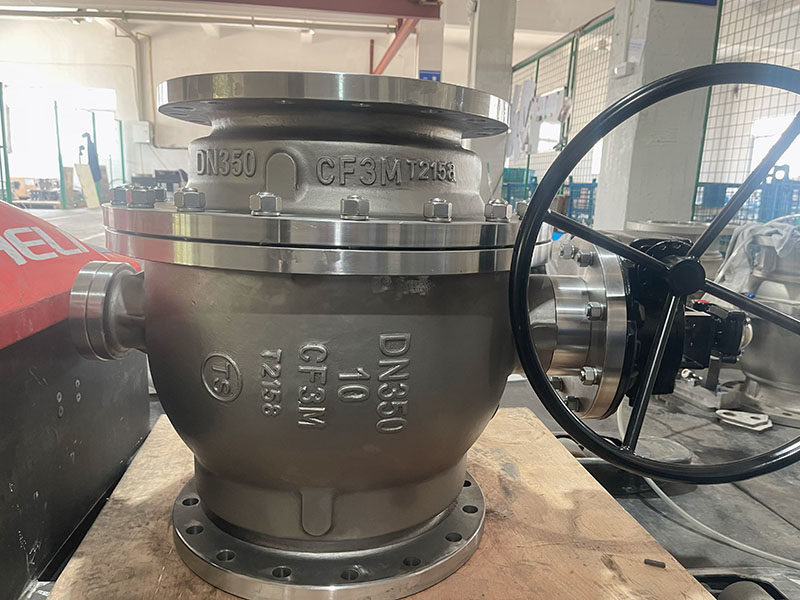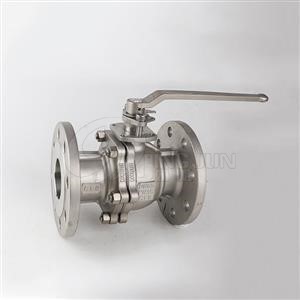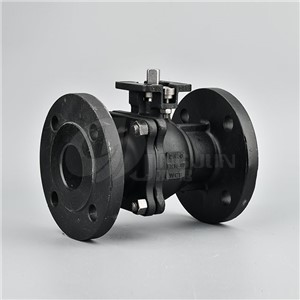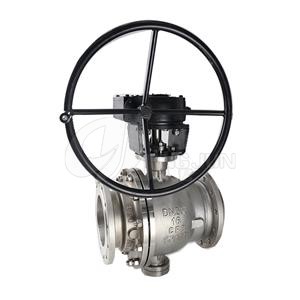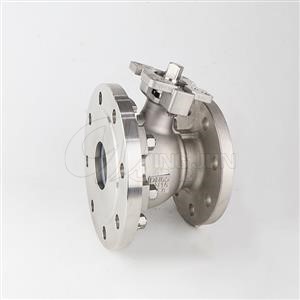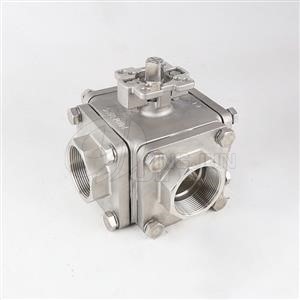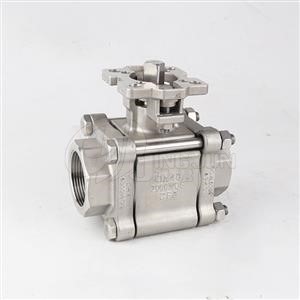1. Structural Design
- Fixed Ball Structure: The ball is fixed by upper and lower valve stems, ensuring stable operation during opening and closing. This structure provides excellent sealing performance and can withstand high pressure, reducing the risk of leakage.
- Flange Connection: Adopts standard flange connection, which is convenient for installation and connection with pipelines. It can be quickly integrated into various pipeline systems, ensuring the stability and reliability of the connection.
- Handwheel Operation: Controlled by a handwheel, rotating the handwheel drives the valve stem to rotate, thereby realizing the opening and closing of the valve. The operation is smooth, and the torque is moderate, which is convenient for on - site personnel to operate.
- Flow Control: The design of the ball valve structure enables efficient flow control. It can realize full - bore flow conduction, with small flow resistance, and can also perform certain flow regulation functions within a certain range to meet the different needs of pipeline systems.
| Parameters | Details |
|---|---|
| Body Material | Stainless Steel (e.g., 304, 316) |
| Nominal Size | DN50 - DN300 (Common Sizes) |
| Pressure Rating | PN16 - PN100 (Suitable for Medium - to - High - Pressure Systems) |
| Temperature Range | - 29℃ - 425℃ (Depends on Valve Configuration) |
| Connection Type | Flange Connection (Compliant with National/International Standards) |
- Petrochemical Industry: Widely used in petrochemical pipelines, such as in the transportation of petroleum, chemical raw materials, and products. It can withstand high pressure and corrosive media, ensuring the safe and stable operation of the pipeline system.
- Natural Gas Pipeline: In natural gas extraction, transportation, and distribution pipelines, it can realize the on - off control of natural gas, with good sealing performance, preventing natural gas leakage.
- Power Plant Pipeline: Applicable to power plant steam, water, and other medium pipelines, can adapt to high - temperature and high - pressure working conditions, ensuring the normal operation of power generation equipment.
- Design Standards: Complies with relevant national and international standards for fixed ball valves, such as GB/T 12237 (China) and API 6D (International), ensuring that the product design meets high - level safety and quality requirements.
- Quality Management: Manufacturers generally have ISO 9001 quality management system certification, which ensures that the production process from raw material procurement, processing and manufacturing to product inspection is strictly controlled, and the product quality is guaranteed.
- Testing and Inspection: Undergoes strict factory tests, including pressure test (shell test, seat test), leakage test, and torque test. These tests ensure that the valve can operate reliably under rated working conditions and meet the requirements of pipeline system use.
- Material Certifications: For stainless steel valve bodies, relevant material certification documents can usually be provided to prove that the material meets the corresponding quality and performance standards (such as 304 stainless steel compliance with GB/T 20878 standards).
